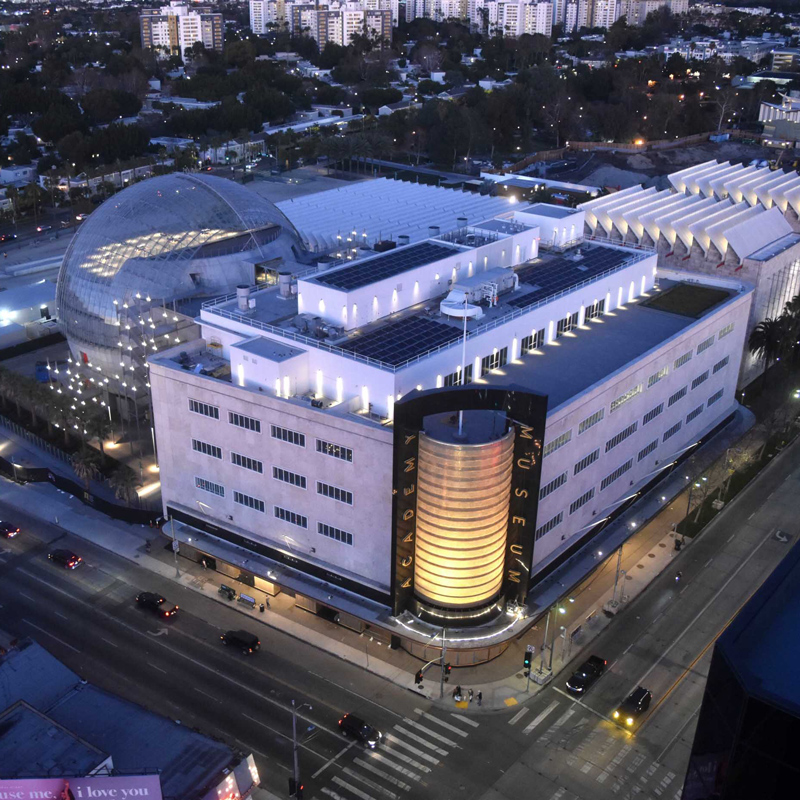
08 Apr TIO LA: Tinseltown’s Academy Museum of Motion Pictures!
First full day on the Left Coast, we visited the Academy Museum of Motion Pictures, the largest museum in the United States devoted to the arts, sciences, and artists of moviemaking. Tickets here.

Image, courtesy Academy Museum.
Was Marlon Brando really all washed up in the 1970s? Or was he biding his time in preparation for one of the greatest roles of his storied career in one of the greatest movies ever made.
Francis Ford Coppola had to beg the stodgy Paramount board to let him audition the eccentric, often challenging Brando for the part. Story goes when the young director with no real hits to his name met the actor at his home on Mulholland Drive he was greeted at the door by a man with long blond hair wearing a Japanese robe.
Then magic happened.
Coppola reportedly watched in amazement as the middle-aged actor started to pull the equivalent of rabbits out of a hat in the form of props: Italian meats, Kleenex and shoe polish. From there, Brando began to build the character using the shoe polish to blacken his hair and placing wadded up Kleenex in his cheeks.
Then he started acting, wordlessly at first…
The persona Brando created, Don Vito Corleone, “The Godfather,” remains one of the most iconic movie characters in Hollywood history and revitalized hid career for the rest of his life.
Room after room at the museum were chockablock with “Godfather” memorabilia, while another focused on “Casablanca.”
Choosing a best scene among the many stand-out moments in “Casablanca” is not easy. They are all best scenes which feature some of the most memorable, quotable lines in film history. Nevertheless, one instance distills the film to its essence, the moment when actress Madeleine Lebeau leads the patrons at Rick’s in a stirring rendition of “La Marseillaise,” the French national anthem, written during the era of the French Revolution about fighting for freedom from political repression.
In “Casablanca” the song was meant to drown out the sound of German soldiers singing the Nazi anthem. Turns out Lebeau herself had fled Nazi-engulfed Europe with her Jewish husband, along with other refugees in the cast, making the powerful film a tale of two songs.
“The Godfather ” and “Casablanca” are among the featured films at the Academy Museum of Motion Pictures, housed in a stunning Renzo Piano building affectionately (?) dubbed “The Death Star.”
The day we visited one floor featured “Regeneration,” a sprawling exhibition of the rich, often cringe-worthy history of Black participation in American cinema from 1898 – 1971 and the Civil Rights movement.
Animation was showcased on another floor. The oeuvre of Pedro Almodovar, the inventive, irreverent Spanish auteur on yet another.
And so on….including Fanny’s Restaurant and Cafe named in honor of Fanny Brice, the legendary movie, vaudeville, theater and radio star.
Spendy, but yummy.
For more, read this in-depth story from The Hollywood Reporter.


Sorry, the comment form is closed at this time.